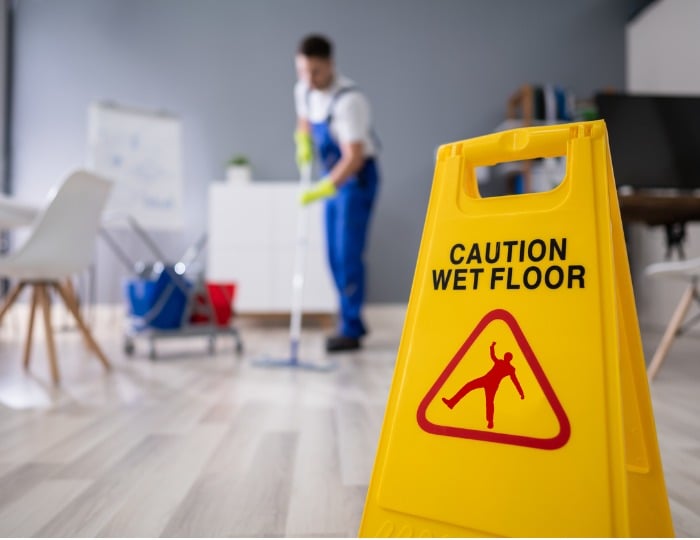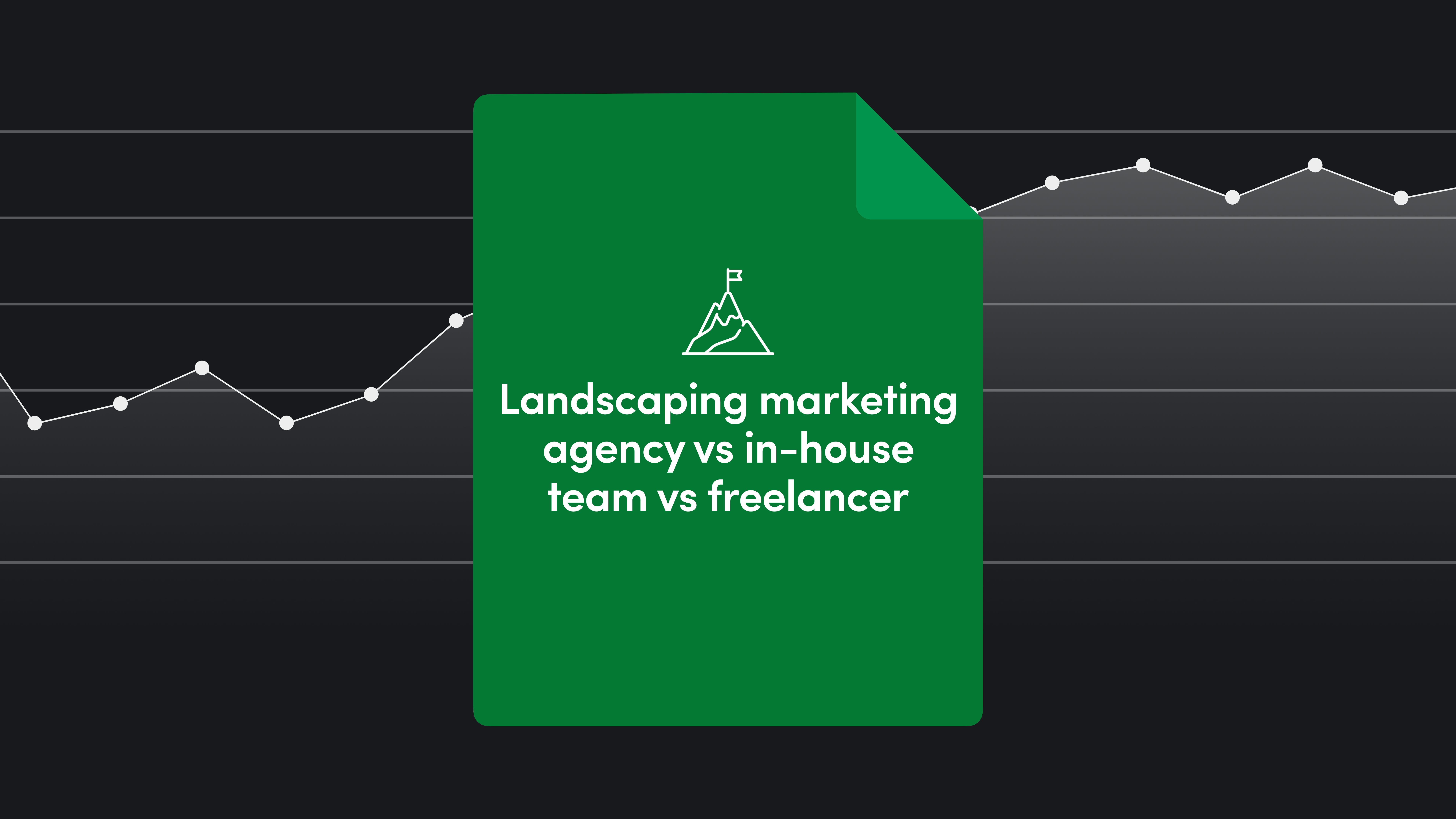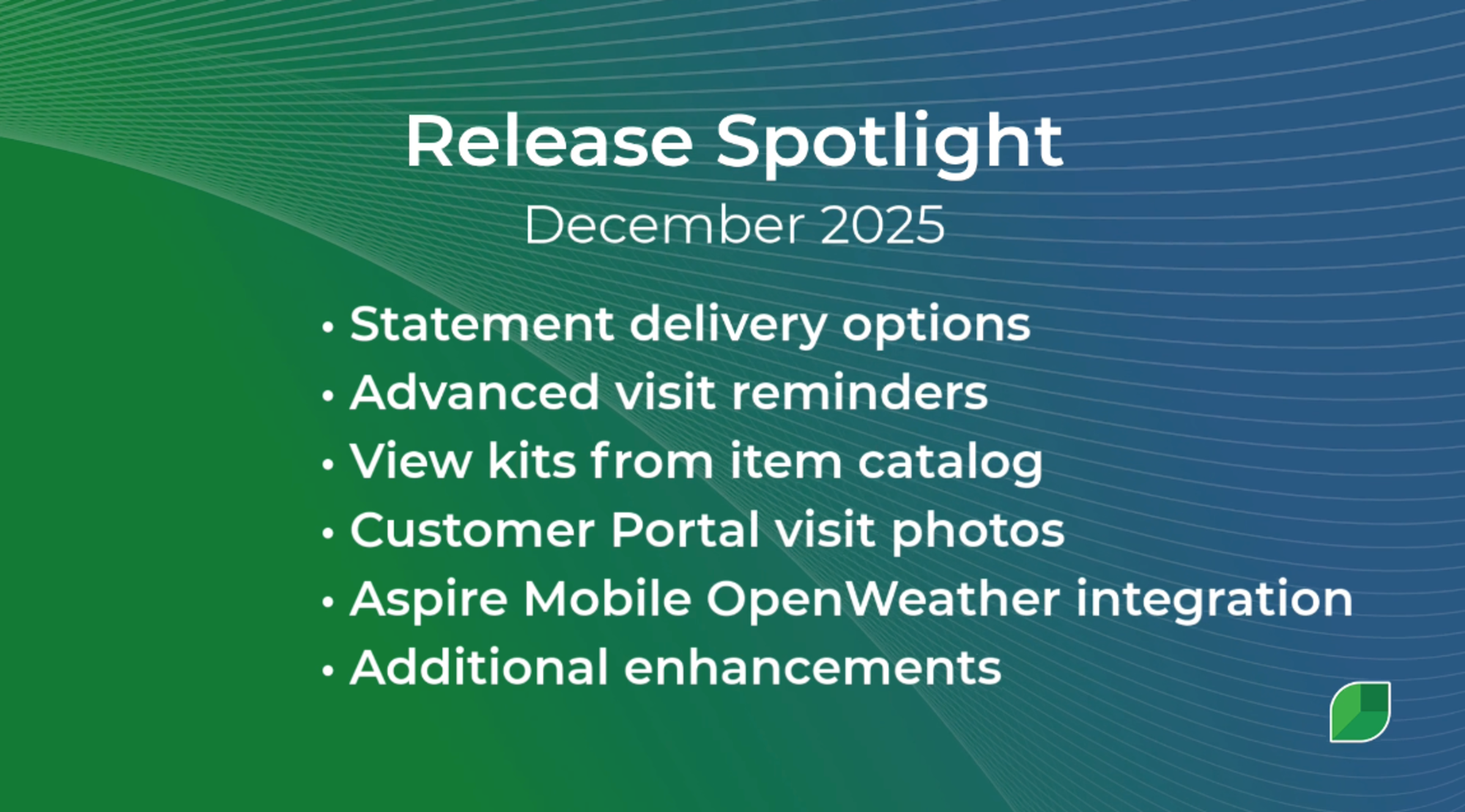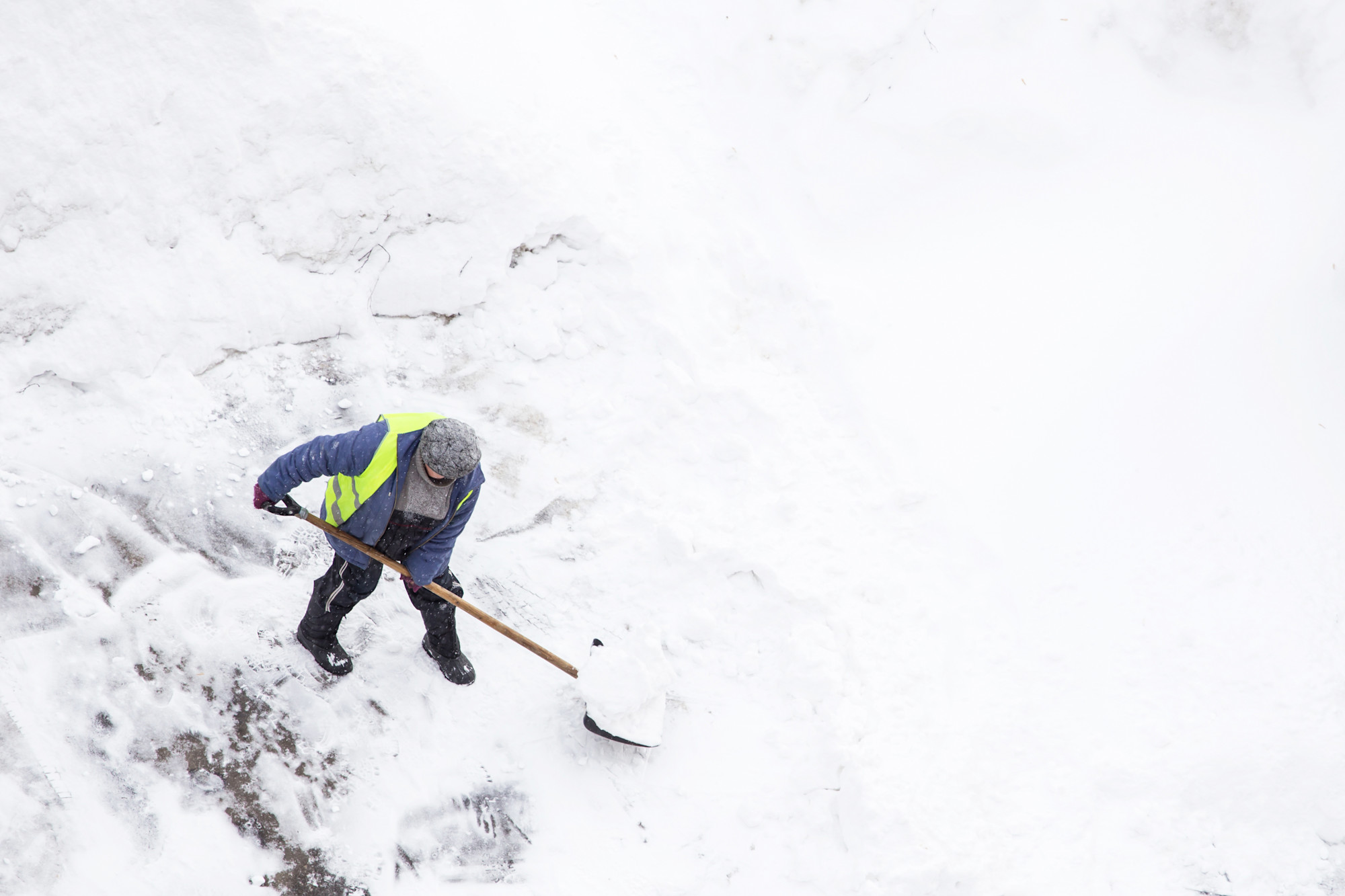Table of Contents
Correct pricing is how commercial cleaning companies push beyond the struggles of profit margins and evolve to a place of high growth. Not understanding what goes into proper pricing can derail your entire growth trajectory.
It’s easy to neglect properly evaluating your pricing model. Early on, it may have been as simple as undercutting the competition or keeping up with industry standards.
Once you have a secure market share in the janitorial industry, it’s time to micro-evaluate how pricing works for your business.
Pricing your cleaning services requires real-time data reporting and analysis
Your rate should be based on precision decision-making and constant evaluation. When you establish your pricing model on strategic thinking, it will be easy to adjust your prices as your:
Services grow
Business expands
Clientele increases
Strategic pricing requires a nuanced understanding of the factors that go into a comprehensive pricing model for commercial cleaning rates.
How to price janitorial jobs:
Understand the scope of the project
Consider the variables of a property
Use a nuanced understanding of your labor costs
Include overhead expenses
Track material costs by service and square footage
Calculate your total costs
Understand the scope of the project
The scope of a commercial property is the defining drive behind your pricing. But you can’t eyeball the breadth of the work when commercial cleaning services are so varied and customizable.
→ You need to measure scope formulaically.
Don’t define scope as measuring square footage or doing a quick walk-through on a property. Many variables differ depending on your company, its services, and your market.
Variables define the scale of the work
To create a formula for measuring scope, you need to define your variables. These variables should consist of job elements that add to your costs.
Costs can be as simple as additional investment in supplies, or they can come in the form of labor hours or tasks and blockers that prevent your team from performing other jobs.
The different variables that can affect pricing include:
Size in square feet
Location
Frequency
Services
Cost of labor
Overhead expenses
Materials
Markups
Hourly vs. flat rates
These factors provide a glimpse into the total investment required to complete a job.
Understanding scope is essential when you begin to plan growth for your business. Accurately measuring properties and evaluating costs is critical in scaling commercial cleaning services.
But first, you need to define a way to calculate the variables.
Consider the variables of a property
Once cleaning business owners establish a list of variables, they can craft a formula for precise pricing.
Every variable is important when calculating your bottom line. If certain materials and cleaning supplies are too expensive at your current stage, it may be best to eliminate the services that require those materials, or you can create a markup or flat rate for those jobs to protect your margins.
Certain variables may have more weight on your commercial cleaning cost formula than they might for your competitors. A variable’s cost can be determined by:
Your current growth stage
The scale of your operation
Organizational connections
Company size.
Instead of simply undercutting your competition’s prices, your own judgment as you establish calculations is crucial.
Consider what the following variables mean to your cleaning rates.
Use a nuanced understanding of your labor costs
Investment into labor is tricky to measure. Materials come with price tags, but your teams working in the field aren’t as straightforward.
To consider the labor costs of a job, you have to measure the following:
How you’re paying your crew
How many crew members are required
How many opportunities are on hold when a crew is at a property
If you pay your team an hourly rate, you can start measuring the cost of labor by the combined sum of everyone’s hourly wages.
Going beyond hourly pay to calculate your cleaning prices
Consider the number of crew members required for a cleaning task. A big job may provide a big paycheck, but consider the cost of having your entire crew tied up for a day.
→ Does that job outweigh the revenue multiple jobs may bring in?
→ Do two smaller jobs present more profits than that one job?
If one job has your entire crew tied up for the week, you may lose out on other—more profitable—opportunities.
The type of contract can affect a job’s costs for a commercial cleaning business
Frequency plays a role in costs. Stability is a major boon to your profit margins. Projects that felt big at first become easier with frequency when compared to the time spent on a first-time cleaning service.
Maintenance contracts also benefit your schedule. You can plan ahead and work around big jobs to ensure your team is still optimized and available throughout the week.
When you have office buildings and commercial properties on your schedule, it provides predictable cash flow for strategic growth in the future.
Include overhead expenses
Optimizing overhead is where high-growth businesses begin to make their mark. Typical overhead costs include:
Vehicle costs for crew transportation, including fuel, insurance, and more
Your marketing budget
Office spaces for your operations team and the utilities and insurance for those properties
Depreciation of equipment and tools, such as vacuums, vans, and power washers
Legal and accounting fees
Strategic cuts to your overhead expenses unlock capital you can use to expand your services. But your inability to keep overhead low will cost you the ability to price your offerings competitively.
Better data delivers more impactful results
Meticulous reporting about your overhead expenses is essential. You need to track your cleaning costs down to the ounce of supplies used to complete a job. No penny can be overlooked.
This means a deep understanding of:
Supply costs
Transport costs
Seasonal fees
Wholesale vs. a la carte purchases
Supplier pricing
When you track how much your jobs deplete your inventory, how often you need to run upkeep on equipment, and the cost to replace worn-out equipment, you understand your cash flow and profitability.
Track material costs by services and square footage
Reducing your material and supply costs will help you keep a comfortable margin of profits. Doing so requires meticulous attention to detail.
You want to have a deep understanding of what goes into the cost of materials. Start by listing:
Vendors and backup vendors
Seasonal markups
Wholesale vs. on-demand pricing
Once you assess your options, prioritize the vendors and products that benefit your immediate needs most.
Wholesale may be the better option, but there’s no need to splurge on materials you don’t use heavily with your current offerings.
If certain seasonal upcharges stress your margins, then be prepared to mark up your services to compensate. As always, keep track of how quickly specific jobs drain your supplies—you may find cheaper materials don’t last as long and cost you more in the long run.
Calculate your total costs
With your cost variables analyzed, it’s time to build the formula to define your pricing model. Creating the formula in itself is pretty simple:
Measure the cost per variable and multiply it by the required amount per job
Add that amount and the labor cost
Multiply that figure by the length of the job
→ [(variable cost X unit per job) + labor cost] X duration of the job = total costs
This only defines baseline pricing. The tricky part is finding a way to meet optimal margins once this formula is in place. Calculating costs doesn’t give you the answer to pricing. It just provides greater context.
Use your calculation to manage your margins, which can land at varying percentages depending on your current standing.
Consider the following strategies to manage your margins.
Hourly vs. flat rates
If certain costs suppress profits, a flat rate may optimize your margins. Flat rates are great for ensuring you have wiggle room when costs run high.
This strategy can eliminate the variables that make it hard to perform those services with high-cost factors.
However, if your costs primarily depend on how much or how long certain factors are in use, a by-the-hour pricing model may better suit your business.
Add your markups
Markups are essential to business, and every janitorial company uses them. As long as you're specific and selective with markups, it won’t harm customer interest.
Your margins can include anything from seasonal effects on services to the size of a project.
A markup is necessary if anything presents a risk factor to your cost analysis. It can be catastrophic to your monthly profits if you find yourself in a project with rising costs and no markup policy to account for it.
Eliminate manual cost analysis
A formula will keep your pricing model in check, but without the right tools, it becomes inefficient.
Supplying your estimating team with handheld calculators isn’t the answer. You need software to track costs and perform analysis.
→ Staying profitable while scaling is impossible without automation.
An automated tool empowers quick and transparent decisions about quotes for potential customers. The efficiency of automation helps you win bids quickly, giving clients detailed pricing before they even have time to review alternative options.
You may be surprised that many customers will settle for a higher price point if you offer transparent and comprehensive quotes. But without accessible software tied to your pricing system, this is an unachievable feat.
Tips for pricing services for your cleaning business
There’s always the chance you’ll come across an unexpected hurdle when pricing janitorial services. But pricing needs to be one of the lowest risk factors of your business.
Preparing for every curveball and obstacle in the market is impossible, but there are ways to stay ahead of the challenges ahead.
Assess the competition
Every business prices its services differently, but your competition should be used as a standard you must meet.
You may not be able to price as competitively as them, but if you drift too far from the competition's prices–in any direction–it will raise red flags for potential customers.
Price according to industry standards
The commercial cleaning industry is constantly growing, evolving, and adapting to the rising needs of the consumer.
→ Watch industry averages to ensure your pricing is adapting alongside your contemporaries.
There are many viable reasons why your specific pricing may not match industry standards–regional pricing, seasonal needs, etc. Use averages to measure how well you’re keeping pace with the market.
Rely on estimating software
Automating the pricing model you’ve meticulously crafted is the key to keeping things running smoothly.
Reducing human error from your pricing will ensure you’re always relying on the best prices and achieving the best profit margins.
The right software makes it easy to flag issues, such as:
Pricing errors
Services cutting into your bottom line
Costs that need to be re-evaluated
Just as you wouldn't show up to a property without a vacuum cleaner, you need the right tools for tracking costs, margins, and setting prices.
How much should my janitorial services cost?
Every business has different needs, resources, and goals. Current average cleaning service prices vary:
An hour of commercial cleaning can range from $30 to $100
Businesses charge around $0.08 to $0.16 per square foot
Specific commercial cleaning jobs will come down to the type of cleaning, cost of supplies, and equipment necessary to complete the job, such as:
Window cleaning
Carpet cleaning
Deep cleaning and disinfecting services
Traditional office cleaning vs. medical facilities
Floor waxing and buffing
Continue evaluating your different investment options as you craft your pricing. Consider lowering pricing to win over long-term clients and build your standing in the market.
Once your footing is set, evaluate costs and redefine your commercial cleaning prices in a digestible way for your clients as they re-up for more projects.
Staying competitive with your costs as well as your price
Competitive means recognizing the value of potential hires and paying fairly in your market. To do this, you have to do market research.
What is the average rate for this role in your region?
How much does someone with a certain experience make in this role?
What other skills are you looking for that can add value to this applicant's hire?
How much can you afford to use this employee before it becomes too costly to revenue?
You have to navigate and find that sweet spot of fair but strategic. It also doesn’t have to be a flat offer. You can get creative with incentives, bonuses, other perks, or even a probationary payment where the promise of raise negotiations can come later.
Boost sales with accurate pricing
You can’t just trust your pricing to siloed software that doesn’t incorporate data from across your organization. You need a platform that can account for the entire scope of your workflow to price and evaluate your services properly.
You won’t be able to actualize growth with software lacking in any aspect of:
Cost analysis
Profit tracking
Inventory management
Estimating capabilities
An end-to-end platform analyzes data from every aspect of your business and presents real-time data visibility to see your gross margins at a glance.
Use an all-in-one business management platform to get data insights to price your cleaning jobs profitably
Aspire’s cloud-based janitorial business software is a platform for growth and cost optimization.
The platform allows you to onboard all your data, financials, and cost analysis into one central hub accessible to your entire organization.
The software has all the tools you need to win bids faster and price services competitively:
Want to experience software designed to help commercial cleaners achieve growth at twice the industry rate?
Schedule a commercial cleaning software demonstration with Aspire Software and see how to take your scheduling efficiencies to the next level.










